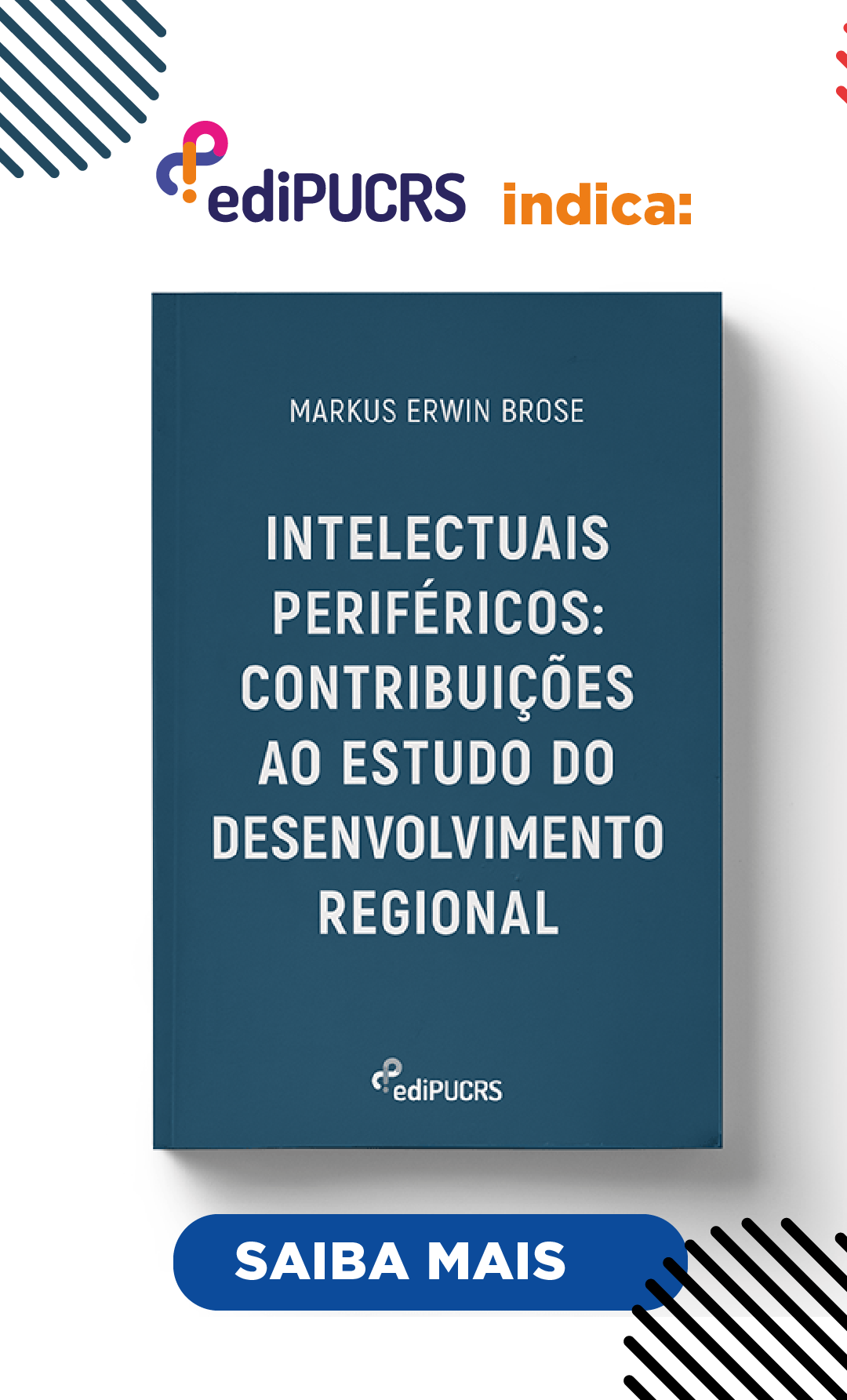Varig and Brazil between national development and global competitiveness
DOI:
https://doi.org/10.15448/1984-7289.2007.1.2036Keywords:
Firm strategies. Firm and society. Air transport industry. Varig.Abstract
In this article I aim to develop a sociological approach to the firm, based in the notion that it is a social actor that (re)produces values, culture, forms of sociability and power relations in its interaction with society. I analyse the strategies pursued by Varig airlines in two different periods of brazilian economic history: the 1960s-70s and the 1990s. By analyzing some of the firm’s publications (Anual Board of Directors Reports and publications aimed at the employees), I show that in the first period, the discourses are focused on a view of the enterprise “serving the country”, as well as on a “Great Varig” identity, consistent with the “Great Brazil” project that marked that period of the country´s economic development. In the second period under analysis, a lean company identity comes to the fore, along with a “global competitiveness” immagery. In this moment, strategies such as personnel downsizing, concentration of the operations in the most rentable niches and the search for participation in global alliances are pursued In the final part, I discuss the relationship between these strategies and the crisis that struck the firm, causing it to almost stop its activities in 2006.Downloads
Download data is not yet available.
Downloads
Published
2007-10-17
How to Cite
Monteiro, C. F. (2007). Varig and Brazil between national development and global competitiveness. Civitas: Journal of Social Sciences, 7(1), 35–58. https://doi.org/10.15448/1984-7289.2007.1.2036
Issue
Section
Articles
License
Copyright (c) 2016 Civitas – Journal of Social Sciences

This work is licensed under a Creative Commons Attribution-NonCommercial-NoDerivatives 4.0 International License.
The submission of originals to this journal implies the transfer by the authors of the right for printed and digital publication. Authors retain copyright and grant the journal right of first publication. If the authors wish to include the same data into another publication, they must cite this journal as the site of original publication. As the journal is of open access, the articles are allowed for free use in scientific and educational applications, with citation of the source (please see the Creative Commons License at the bottom of this page).




